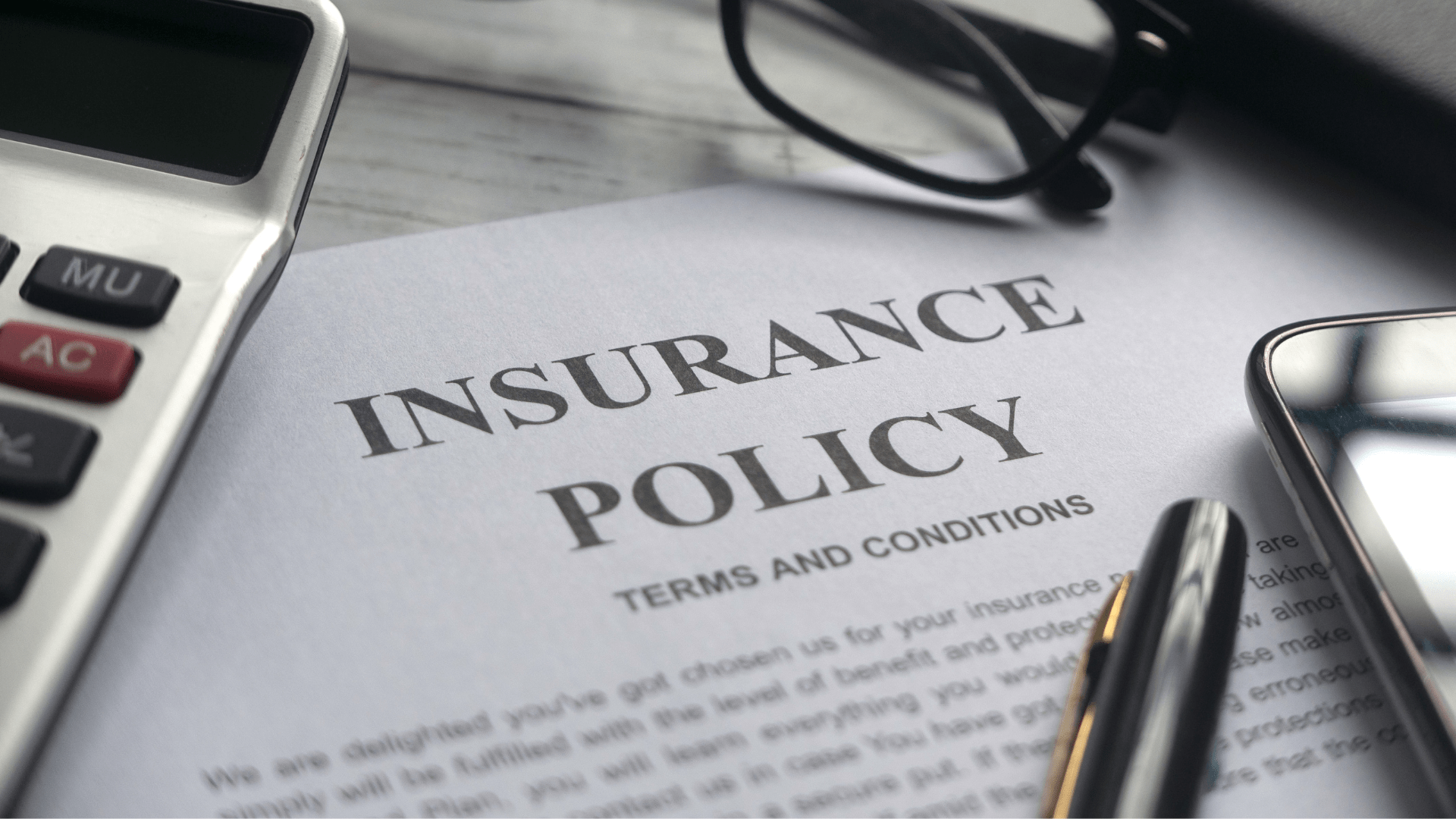Navigating the intricate landscape of insurance can be a daunting task, especially when it comes to safeguarding against unforeseen accidents. In the Philippines, where the hustle and bustle of daily life unfold against a backdrop of diverse landscapes and dynamic urban centers, understanding the nuances of an accident insurance policy is crucial. This article serves as your compass through the intricacies of accident insurance in the Philippines, shedding light on the key aspects that will empower you to make informed decisions in securing your financial well-being in the face of unexpected events. Embark on this exploration to unravel the layers of protection that an accident insurance plan can offer in the archipelagic haven of the Philippines.
What is an Accident Insurance Plan?
Accident insurance stands as a specialized safeguard, meticulously crafted to offer financial security in the face of unforeseen injuries or fatalities resulting from accidental incidents. In contrast to comprehensive insurance policies that cast a wider protective net, accident insurance singularly hones in on accidents and their consequential impacts. This tailored coverage encompasses compensation for medical expenses, disability benefits, and, in the unfortunate event of a fatal accident, a death benefit. The defining characteristic lies in its focused purview—unlike health insurance, which spans various medical issues, or life insurance, providing payouts for any cause of death, accident insurance zeroes in on the specific risks and financial repercussions stemming from accidental occurrences. Positioned as a supplemental layer of protection, it establishes a crucial financial safety net precisely when unexpected accidents unfold, offering policyholders a dedicated shield against the uncertainties of life's unpredictable twists.
Why do You Need an Accident Insurance Plan?
Financial Protection for Medical Expenses: Covers medical costs resulting from accidents, including hospital stays, surgeries, and rehabilitation. Helps offset out-of-pocket expenses that may not be fully covered by health insurance.
Income Replacement: Provides a source of income if you are unable to work due to accident-related injuries, offering a financial safety net during recovery.
Disability Benefits: Offers financial support in the form of disability benefits for temporary or permanent disabilities caused by accidents.
Death Benefit: Pays out a lump sum to beneficiaries in the event of the policyholder's death due to an accident, providing financial support to the family.
Additional Coverage: Serves as a supplement to other insurance policies, filling gaps in coverage that may exist in health, life, or disability insurance. Covers items not typically included in regular or short-term medical insurance plans, such as rehabilitation services or the purchase of necessary equipment like wheelchairs or crutches.
No Deductibles or Copayments: Typically, accident insurance policies do not have deductibles or copayments, ensuring that the benefits are more directly accessible.
Coverage for Various Types of Accidents: Offers protection against a wide range of accidents, from slips and falls to more severe incidents, addressing the diverse nature of potential injuries.
Affordability: Accident insurance is often more affordable than comprehensive health or disability insurance, making it accessible to a broader range of individuals.
Easy to Obtain: Policies are relatively easy to obtain, often requiring minimal underwriting compared to other types of insurance.
Flexible Use of Payouts: Payouts from accident insurance depends on the severity of the injuries and can be used at the policyholder's discretion, whether it's covering medical bills, living expenses during recovery, or other financial needs. If an accident results in permanent disability, the payment may be arranged to offer financial support for the individual affected by the accident. In case of fatality, the benefits are disbursed to the designated beneficiary specified in the policy.
What to Consider When Looking for Accident Insurance?
Insurance Company's Reputation: Read reviews and ratings from other policyholders to gauge the customer service and satisfaction levels. Research the financial stability and reputation of the insurance company to ensure it can fulfill its commitments in the event of a claim.
Coverage Scope: Assess the types of accidents covered by the policy to ensure it addresses your specific concerns, such as slips and falls, traffic accidents, or workplace injuries.
Benefit Limits: Determine the maximum amount the policy will pay out for various benefits, including medical expenses, disability benefits, and death benefits.
Premium Costs: Compare premium rates from different insurers to find a balance between affordability and comprehensive coverage. Consider how premiums may change over time.
Deductibles and Copayments: Understand any deductibles or copayments associated with the policy, as these may affect your out-of-pocket expenses.
Waiting Periods: Check for any waiting periods before the coverage becomes effective, especially if you need immediate protection.
Claims Process: Understand the process for filing a claim, including the documentation required and the timeline for claim settlements.
Policy Flexibility: Assess the flexibility of the policy, including options to customize coverage based on your preferences and needs.
Renewal and Cancellation Policies: Determine whether the policy is renewable and if there are any restrictions or conditions associated with renewing coverage. Understand the terms and conditions for canceling the policy, including any associated fees or penalties.
Additional Benefits: Explore any additional benefits offered, such as coverage for rehabilitation, equipment, or other non-medical expenses.
Other Types of Insurance Policies
Here's a list of other common types of insurance policies:
Life Insurance: Provides a payout to beneficiaries in the event of the policyholder's death. There are two main types of life insurance:
- Term Life Insurance: Provides coverage for a specified term or duration, such as 10, 20, or 30 years. Pays out a death benefit if the policyholder dies during the term. Typically more affordable than permanent life insurance and does not build cash value.
- Permanent Life Insurance: Provides coverage for the entire lifetime of the policyholder. Includes different subtypes such as Whole Life, Universal Life, and Variable Life. Accumulates cash value over time, which can be borrowed against or withdrawn. Premiums are generally higher compared to term life insurance but remain level throughout the policyholder's life.
Health Insurance: Covers medical treatment expenses, including hospitalization, surgery, and prescription medications.
Auto Insurance: Protects against financial loss in case of auto accident, car accident or theft.
Travel Insurance: Offers coverage for unexpected events during travel, such as trip cancellations, medical emergencies, or lost luggage.
Disability Insurance: Provides income replacement if the policyholder becomes disabled and unable to work.
In navigating the landscape of accident insurance plans in the Philippines, it becomes evident that the key to financial security lies in thoughtful consideration and informed decision-making. As we conclude this exploration, it is crucial to emphasize the importance of selecting a policy that aligns with individual needs and circumstances. By understanding the nuances outlined in this guide and carefully assessing various options, individuals can embark on a path towards safeguarding their well-being and that of their loved ones.






